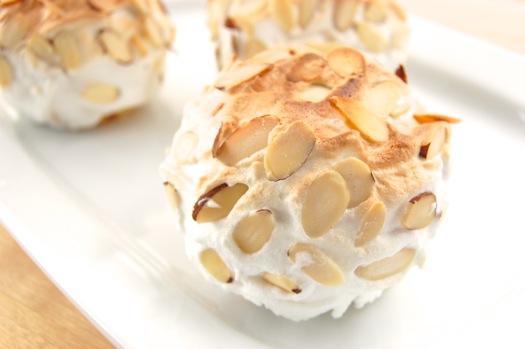Brioche Dough: How Much Gluten?
It’s still the age of Ragnarök here in Louisville, I’m looking out at dark grey skies and more rain, rain, rain. I don’t let that slow me down if I can help it but blowing, misty rain is hell on whipped cream. Fortunately reader David has a question for me. It goes like this:
Your brioche dough recipe calls for all purpose flour when one might expect to use bread flour for a higher rise. Is brioche not typically expected to be as airy and light or is there another reason for it?
Interesting question, David. It all depends on what you want to use the brioche for. Will you be making a simple loaf? Dinner roll-type têtes de brioche? Or perhaps you’re using it as a base for a bee sting cake or cinnamon rolls. In any of those cases you might want to vary the formula a bit to achieve a difference effect.
READ ON
